Large Hadron Collider to get bigger and brighter
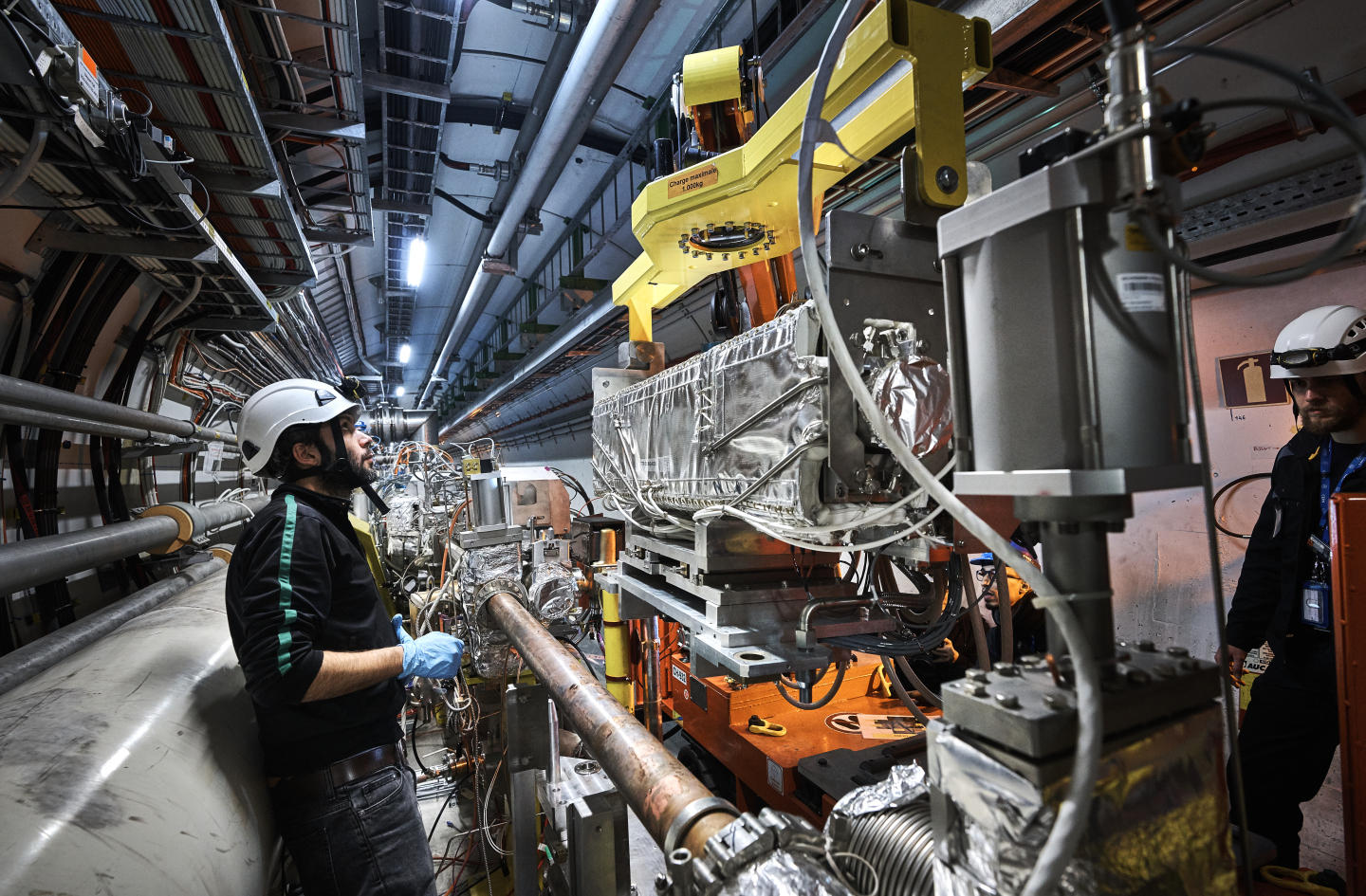
The world’s largest particle collider at the European Organization for Nuclear Research (Cern) near Geneva is getting a massive upgrade. The goal: to turn it into a more powerful machine by 2026…and hopefully unlock new insights into physics.
Cern’s Large Hadron Collider (LHC)External link runs around a 27-kilometre (17-mile) circular tunnel deep under the border between Switzerland and France. On Friday, two ceremonies were held – one in each country – to officially mark the start of the work to upgrade the collider to the High-Luminosity LHC (HL-LHC).External link
What is the LHC?
Physicists have been smashing particles together at near light-speed in the underground LHC – the world’s most powerful particle accelerator – north of Geneva since 2010. Why? These high-energy collisions of protons are very useful for investigating particle physics, dark matter, antimatter and other secrets of the universe.
It was at Cern that researchers first discovered evidence, in 2012, of the elusive subatomic Higgs bosonExternal link particle. Without the Higgs boson, other particles would not hold together and there would be no matter.
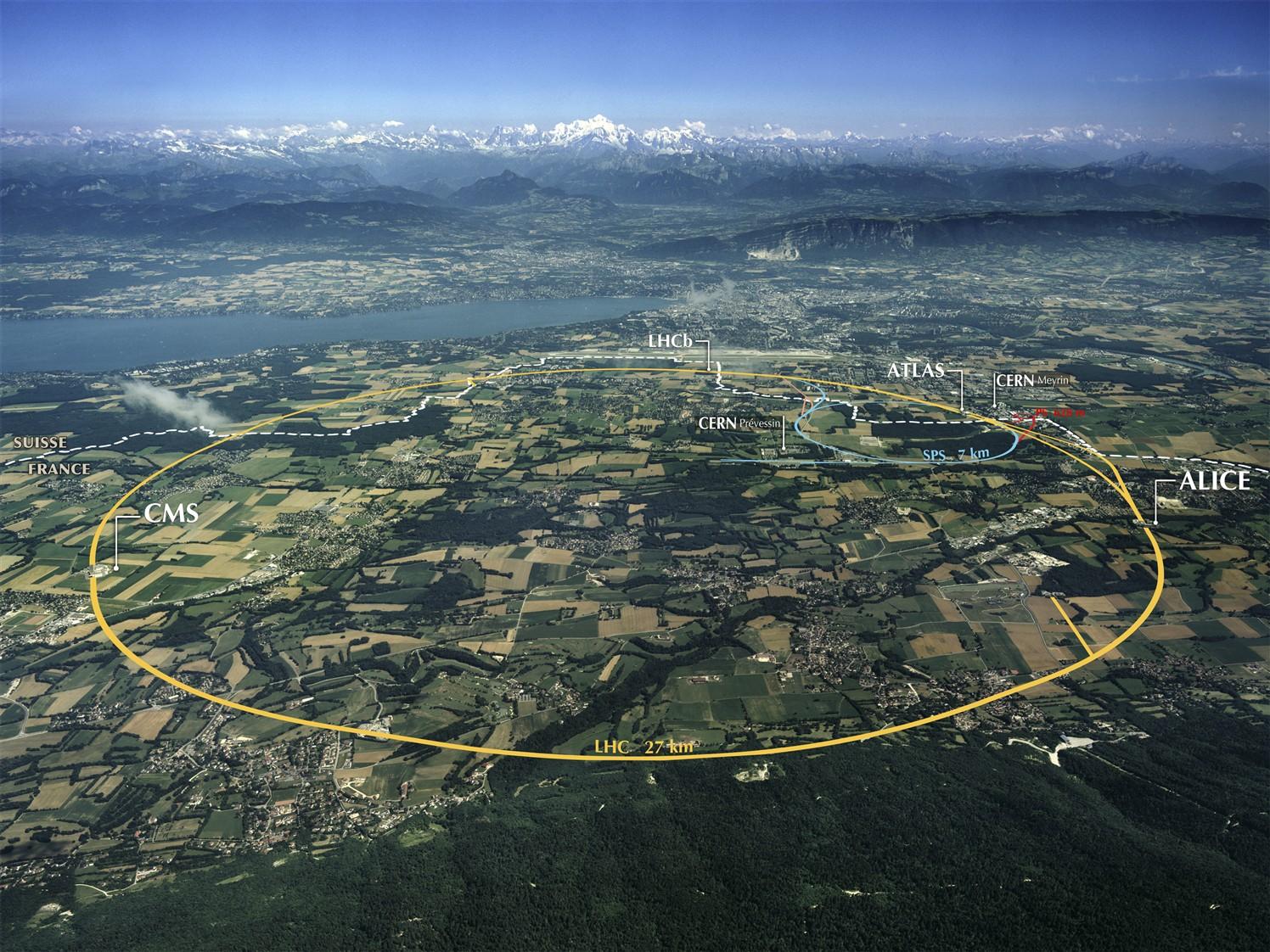
How does the LHC work?
Inside the 27-km LHC ring 100 metres underground, high-energy protons in two counter-rotating beams are smashed together to search for exotic particles. The beams contain billions of protonsExternal link. Travelling at just under the speed of light, they are guided by thousands of superconducting magnets.
The beams usually move through two vacuum pipes, but at four interaction points they collide in the hearts of the main experiments, known by their acronyms: ALICE, ATLAS, CMS, and LHCb.
Detectors in the experiments measure new particles generated by the collisions – up to one billion proton-proton collision events per second. By analysing these collisions, physicists from all over the world are deepening our understanding of the laws of nature.
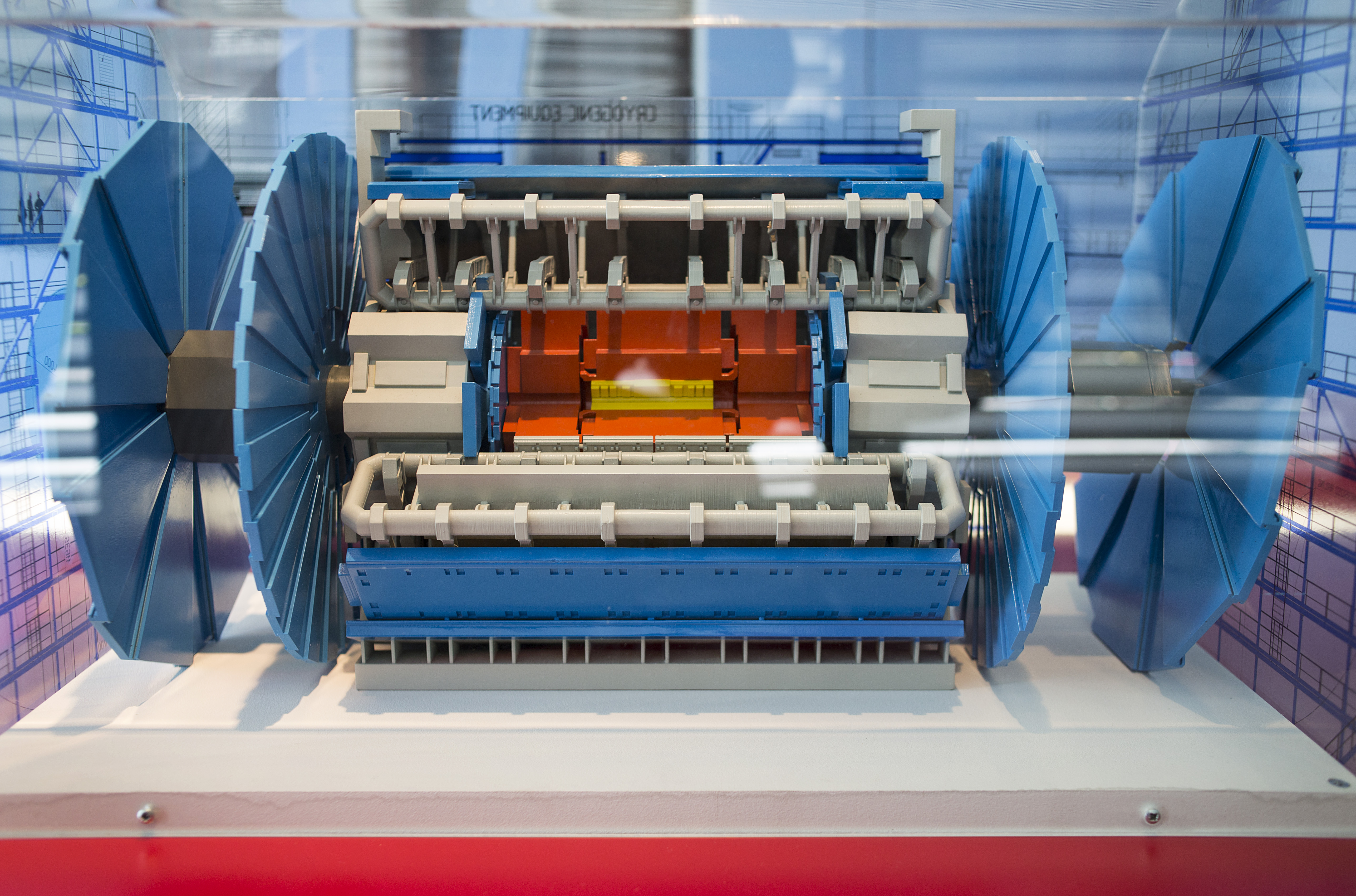
More
In the bowels of the monster
Why is the LHC being upgraded?
Physicists hope that by increasing the performance of the LHC and the number of collisions in the large experiments, they will boost the probability of discovering rare new physics phenomena.
Energy is an important parameter for particle accelerators. So far, the world’s most powerful collider has attained collision energies of 13 terra electron volts (TeV). Cern saysExternal link 1TeV is the motion energy of a flying mosquito. But what makes the LHC so amazing is that it squeezes this energy into a space about a billion times smaller than a mosquito. From 2020, the scientists hope to run the LHC with energies of 14 TeV – the maximum for its lifetime.
But equally important is the particle collision rate, or “luminosity”. The aim is to boost luminosity by a factor of between five and seven, allowing a ten-fold increase in data between 2026 and 2036.
“By putting more light – more collisions – we will be able to see much better what might be there,” explained Lucio Rossi, HL-LHC project leader.
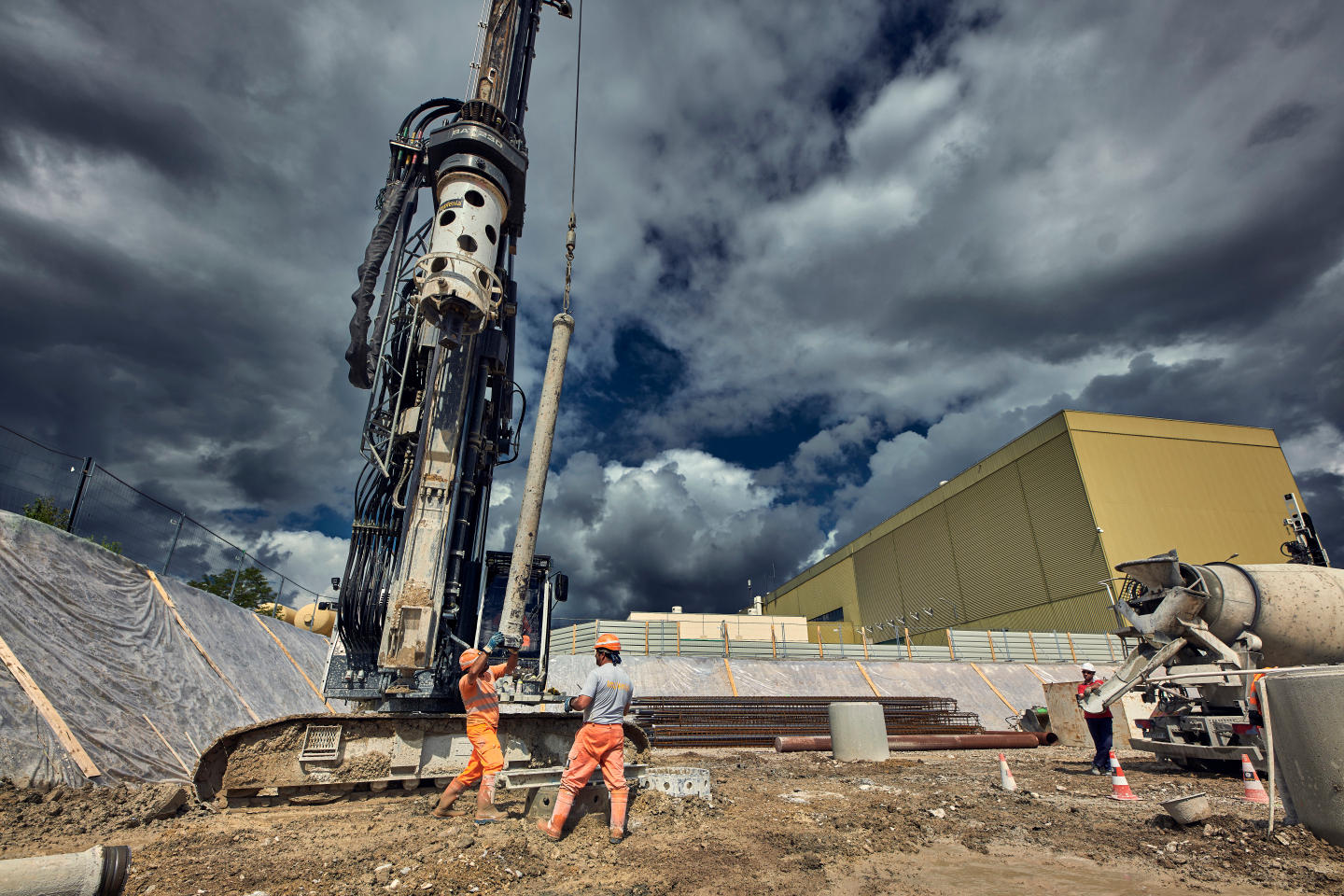
What physics discoveries is Cern hoping for?
The HL-LHC upgrade will allow the Higgs boson’s properties to be defined more accurately, and to measure with increased precision how it is produced, how it decays and how it interacts with other particles. Cern says the HL-LHC will be able to produce 15 million Higgs bosons a year rather than the 3 million recorded in 2017.
Cern says the new upgrade should also enable researchers to investigate scenarios beyond the Standard Model of Particle PhysicsExternal link – currently the best theory scientists have to explain how the universe works – such as supersymmetryExternal link, extra dimensionsExternal link, and quark substructure.
How will scientists achieve greater luminosity?
To increase the luminosity, the scientists want to squeeze the particle beam at the four interaction points. For this, the HL-LHC will need 130 new magnets, including 24 new superconducting focusing quadrupoles to concentrate the beam and four superconducting dipoles.
These magnets will be made of a superconducting compound niobium-tin, which will be used for the first time in the accelerator to achieve higher magnetic fields than can be generated using the current niobium-titanium alloy.
Sixteen “crab cavities” will also be installed to tilt the particle beams and give the particle bunches a transverse crab-like momentum before they meet, enlarging the probability of collisions.
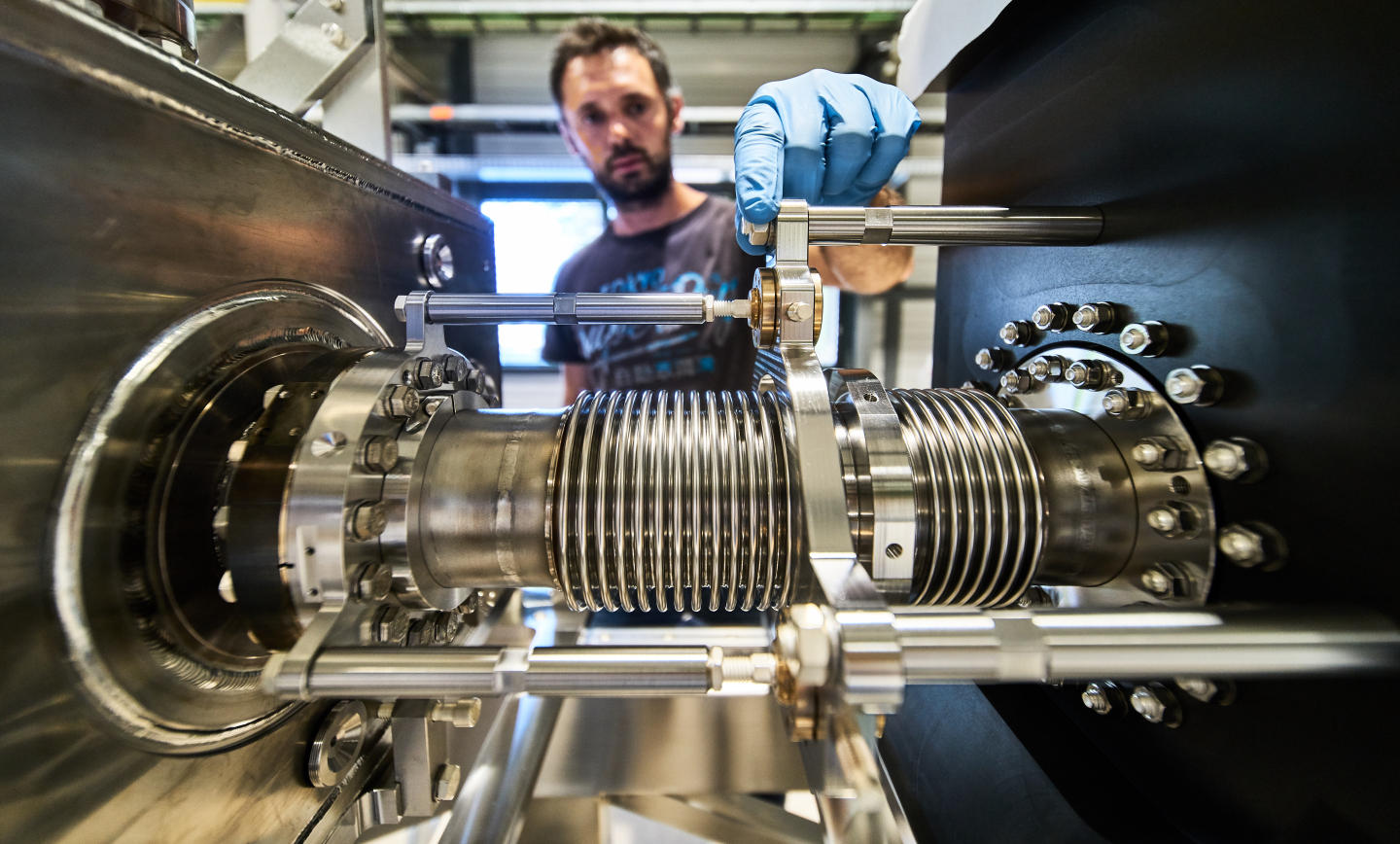
How much work is involved in the upgrade?
Overall, more than 1.2 km of the current machine will need to be replaced with high-tech components. Civil-engineering work has started at two locations in Switzerland and France to construct new buildings, shafts, caverns and underground galleries. The entire modernisation will cost roughly €1 billion (CHF1.2 billion). In all, 29 institutions from 13 countries are collaborating on the project.
Will the LHC and ongoing research stop during the upgrade work?
During the civil engineering work, the LHC will continue to operate, with two hiatuses (2019-2020 and 2024-2026) for technical installations and maintenance activities.
How may society benefit from the HL-LHC?
In addition to boosting the potential for new physics discoveries and training new scientists, it’s hoped that the HL-LHC will lead to the creation of new technologies, especially in the field of electrical engineering, such as superconductors and vacuum technologies. Superconductors have many applications, in medical imaging and cancer treatment, for example. European firms are also looking at the possibility of using magnesium diboride cables, like those to be used in the HL-LHC, for long-distance power transportation.

In compliance with the JTI standards
More: SWI swissinfo.ch certified by the Journalism Trust Initiative

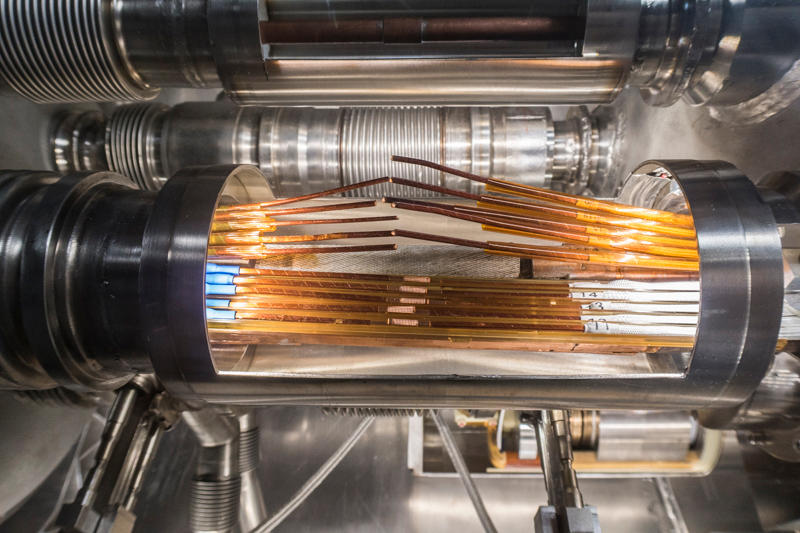
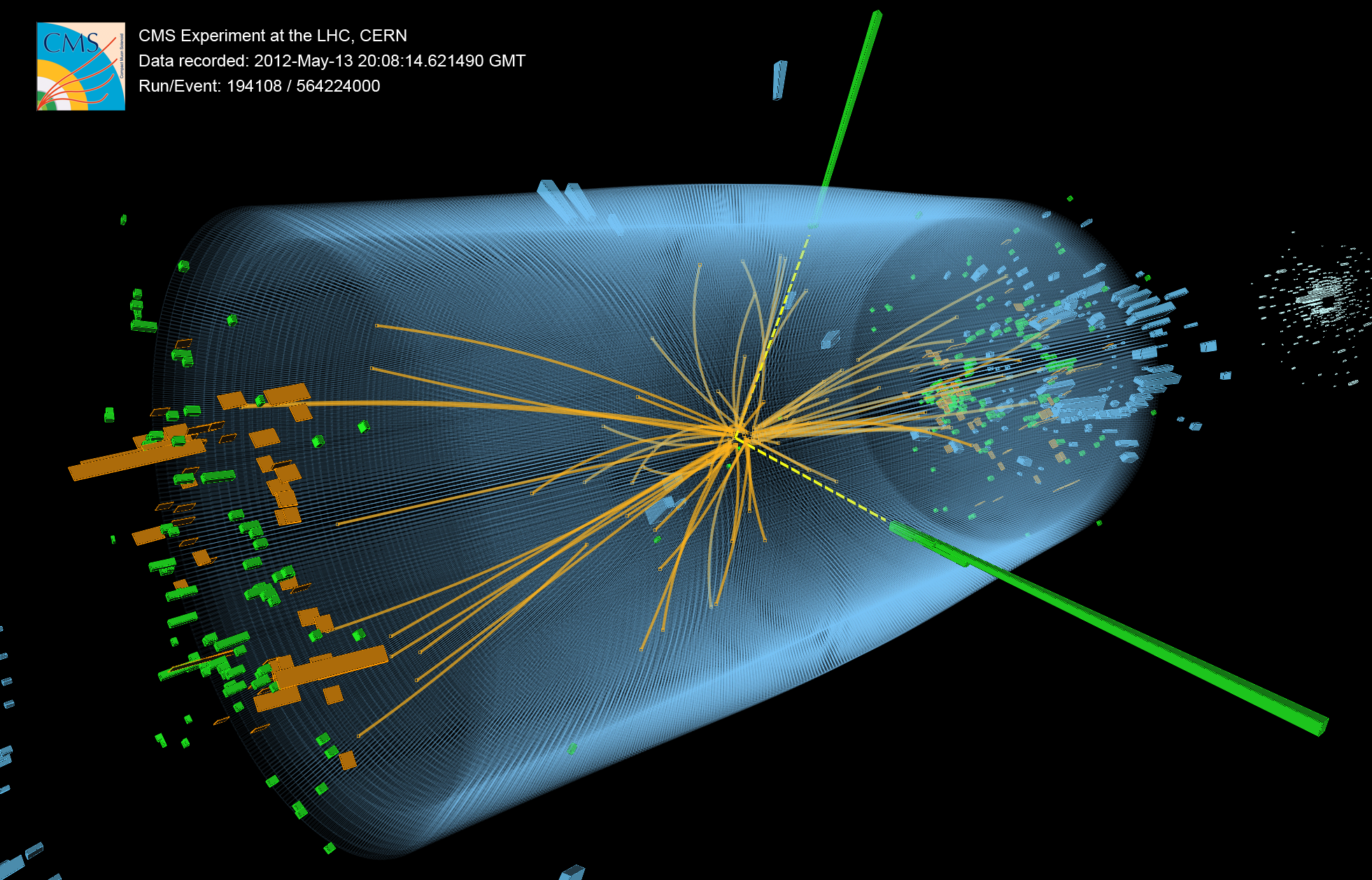

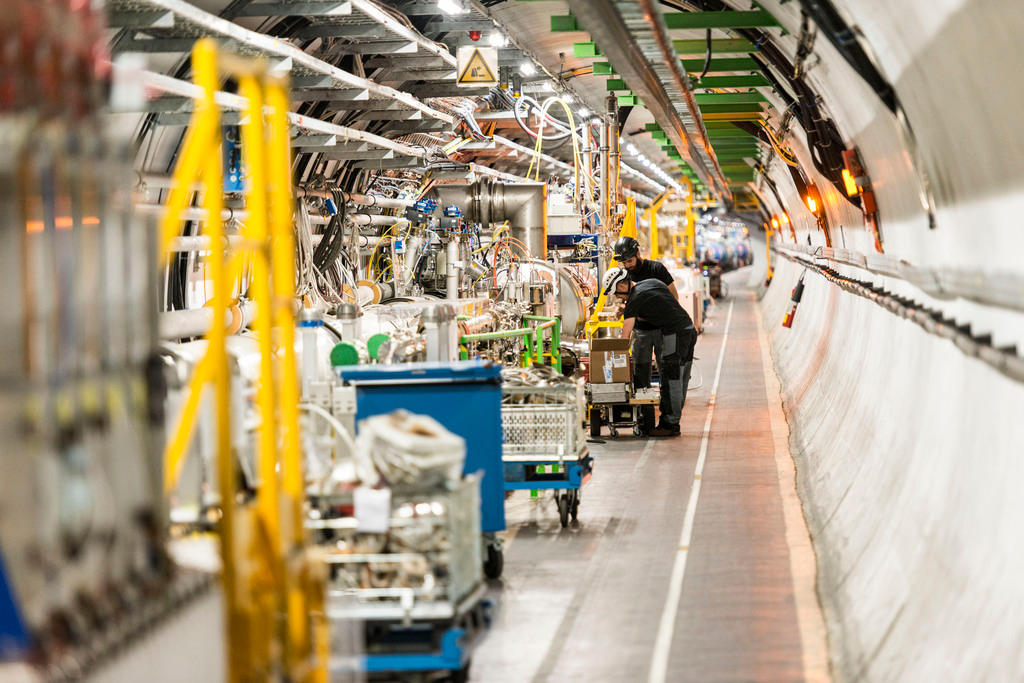
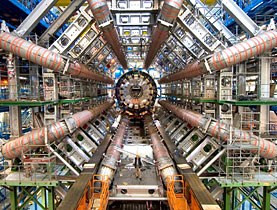
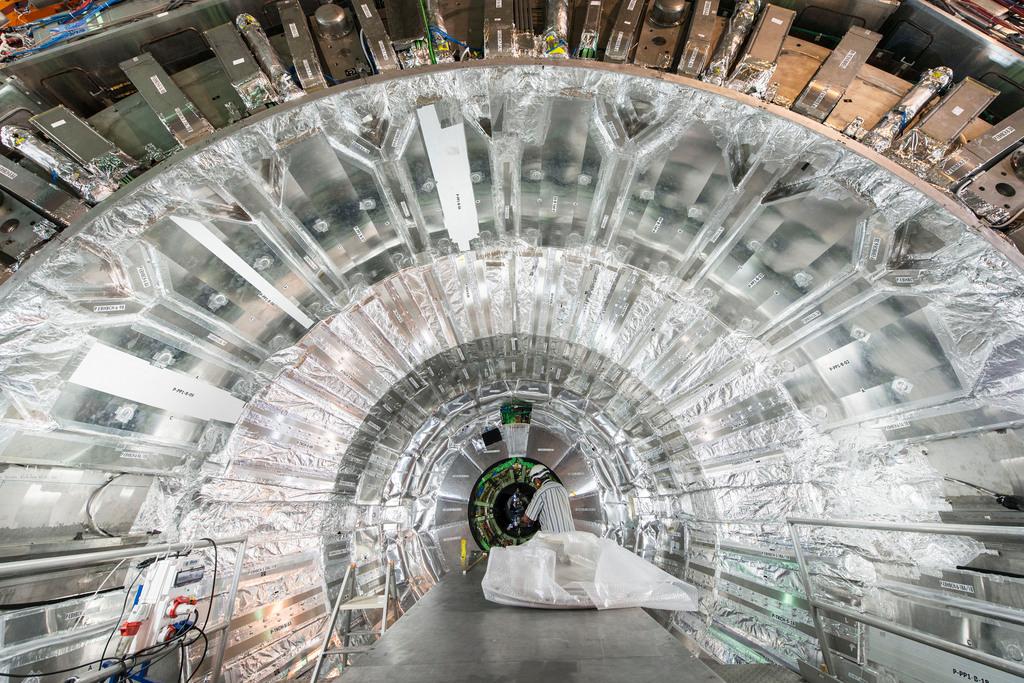
You can find an overview of ongoing debates with our journalists here . Please join us!
If you want to start a conversation about a topic raised in this article or want to report factual errors, email us at english@swissinfo.ch.